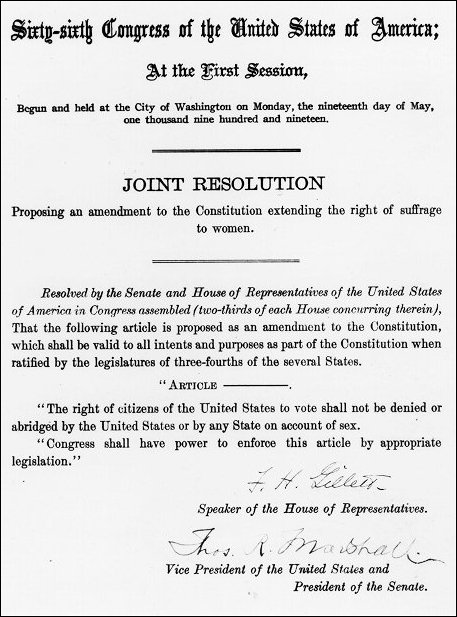The Women’s Movement for Equal Rights
During the 1960’s, the women’s rights movement became active again after being passive during 1940s to 1950s. During the 1950s many women were working, however they had yet to achieve many positions in the work force. One major obstacle that woman overcame was the passage of the 19th amendment in August 18, 1920 giving women the right to vote. The Civil Rights protest prompted women in the 1960’s to continue to push for equal rights in employment, educational fields, end to domestic violence, restriction of limitations on women in administrative jobs, and sharing housework and child nurturing responsibilities.
In the 1960s there were two different types of Women’s Rights groups, they were the Women’s Liberation group and the Women’s Rights groups. The Women’s Liberation group focused on equality between men and women in education, employment and in marriage. This feminist movement also focused on attaining sexual and reproductive freedom, feminists wanted birth control, affordable child care, abortion and women’s shelter. While the Women’s Rights group pushed for equal rights laws to be enforced. The Civil Rights Act of 1964 was passed, protecting the rights of minorities and women’s rights.

